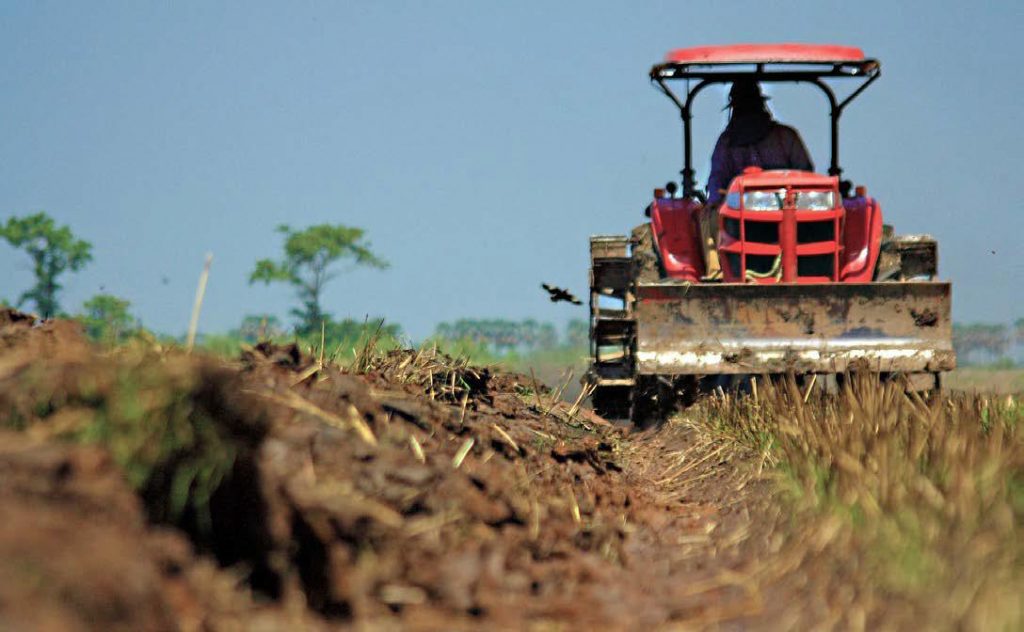The tractor-drawn model and the self-propelled heavy duty rotary tiller
A rotary tiller should be regarded as an alternative soil cultivation implement that can function in cooperation with other implements, for example tine implements.
Some of the rotary tillers are self-propelled and some are tractor driven. The bigger horizontal axis rotary tiller consists of a frame that is attached to the three-point-hitch of a tractor. A gearbox is mounted onto the frame, and the gearbox is driven by the PTO shaft of a tractor (see Figure 1).
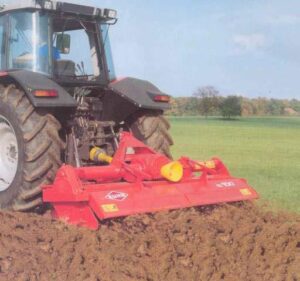
Figure 1: A tractor drawn rotary tiller in action.
A horizontal shaft, with sets of blades, is mounted at the bottom of the frame and the power is transferred from the PTO-shaft of the tractor, via the gearbox to the rotor. The blades on the rotor chop into the soil and also mixes the soil with plant residue that gathers at the surface of the soil. The rotor speed of all the rotary tillers can be changed and the change is normally done on the gearbox with a lever or by exchanging the gears inside the gearbox (see Figure 2).
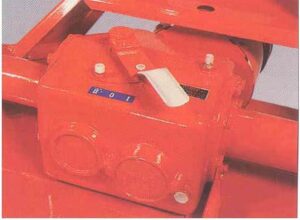
Figure 2: The gearbox is mounted on top of the frame. The gears are changed by moving the lever.
There are different types of blades and the blades are usually attached to flanges that are welded onto the round axle of the rotor. Certain models, however, have square axles and the flanges are bolted onto the square axles. The distances between these flanges can therefore be changed easily (see Figure 3).
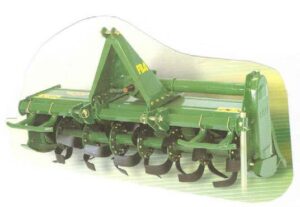
Figure 3: The flanges are welded onto a round axle and the blades are bolted to the flanges.
The number of blades per flange determines the blade formation. If there are four blades per flange, it is called a double blade formation, whereas six blades per flange is called a three-blade formation. The outer two flanges usually have only two or three blades in total.
Rotary tillers, powered by the tractor’s PTO-shaft, are the most common types used on farms. Models are available for tractors from 15 to 120 kW and in a wide variety of widths and operating depths.
Although most rotary tillers are used for both primary and secondary tillage, some are built for secondary (heavy) tillage only. The lighter-duty units may be used for primary tillage in lighter soils without heavy trash, but are basically designed for seedbed preparation and planting. The rotor flanges and blades may be rearranged to permit broadcasting or strip tillage. The flanges can also be rearranged, after planting, to allow cultivation of the fields (weed control) when the crop is still very small.
Most rotary tillers are mounted on the three-point-hitch of a tractor and driven by the PTO-shaft. However, larger rotary tillers are normally attached to the two bottom links of a tractor’s three-point-hitch, especially those that are equipped with planters or spray tanks. These semi-mounted rotary tillers improve the tractor’s stability by maintaining more weight on the tractor’s front wheels during the transporting process. Rotary tillers that are semi-mounted on tractors have castor wheels, or transport wheels, that also serve as depth control wheels. When a rotary tiller is semi-mounted on a tractor, the top link of the three-point-linkage system is not used and this permits flexibility between the tractor and the cultivator.
To loosen the soil to a greater depth, some rotary tillers are equipped with chisel tines at the rear and these tines can be adjusted to work from 8 to 25 cm below the depth of the rotor blades. These tines will break up a plough pan, loosen tight soils for better root penetration, and counteract the forward thrust of the rotor.
Packer rollers, or clod rollers, can also be mounted at the rear of some of the rotary tillers to act as seedbed shapers (see Figure 4).
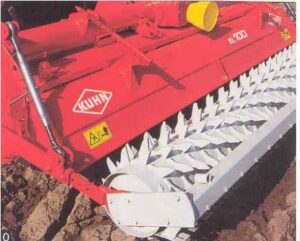
Figure 4: A packer roller is mounted at the back of the rotary tiller.
The tractor-drawn model with auxiliary engine for the tiller:
In some cases, tractor drawn rotary tillers are fitted with engines to drive the rotor, of the tiller while the tractor is pulling the tiller over the field. The advantage of this tiller is that no power is required from the tractor to drive the rotor which means that a smaller tractor can be used. The disadvantages of this tiller however, is that it is more expensive than a rotary tiller of the same size, where the rotor is also driven from the tractor’s engine. The maintenance costs, on auxiliary engine tillers are also much higher.
The self-propelled heavy duty rotary tiller
These heavy duty models are mostly used in construction and road building, and there is a small application for agricultural purposes (see Figure 5).
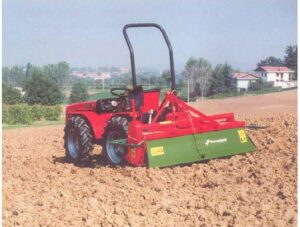
Figure 5: A self-propelled rotary tiller.
We thank the ARC Agricultural Engineering in South Africa who made the information on rotary tillers available to the readers of ProagriMedia.

